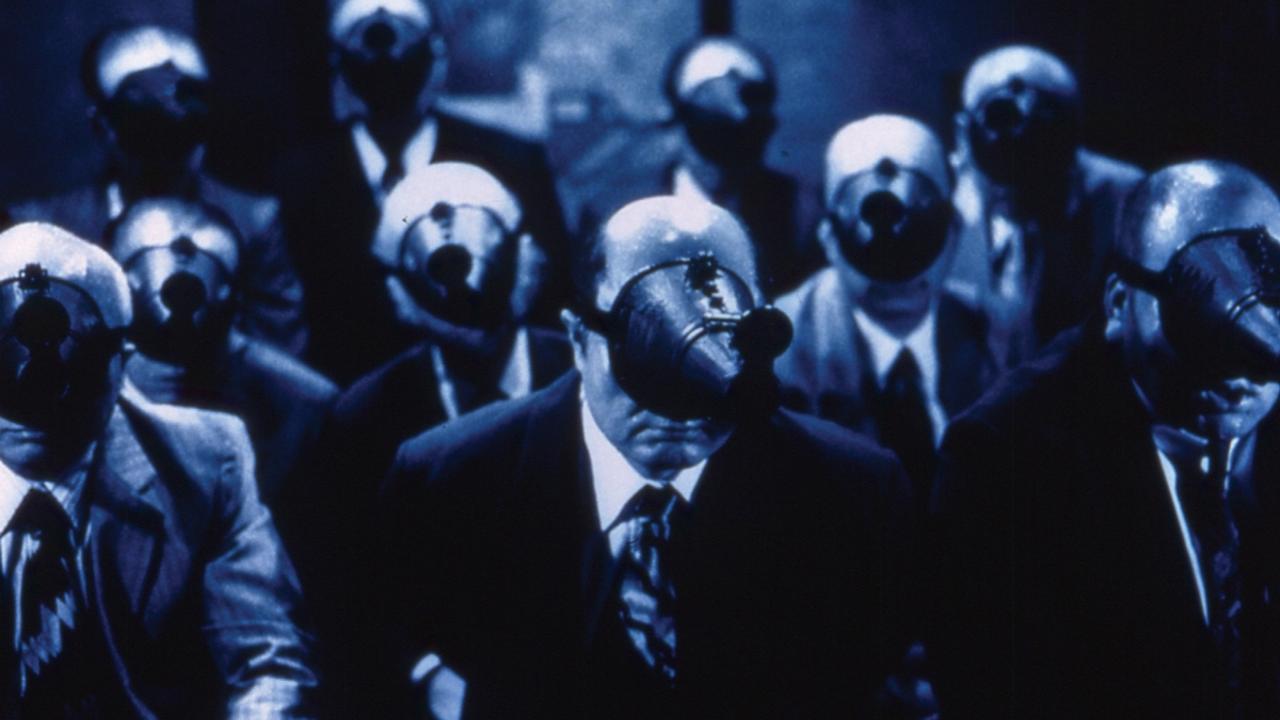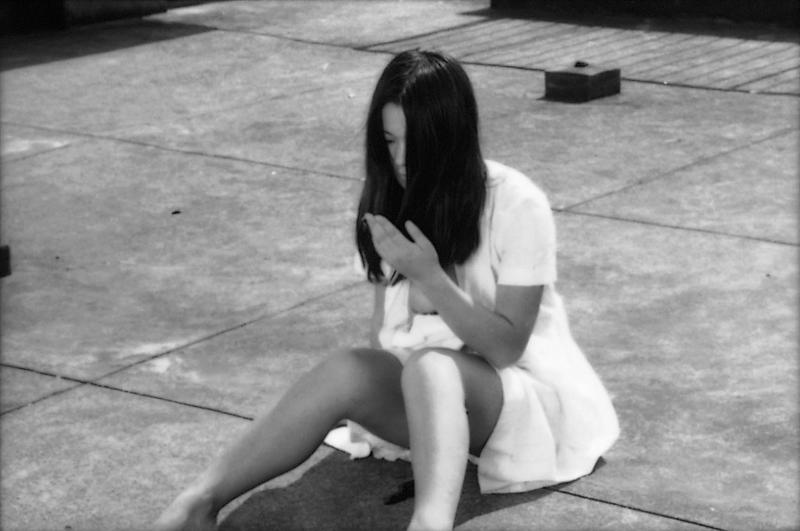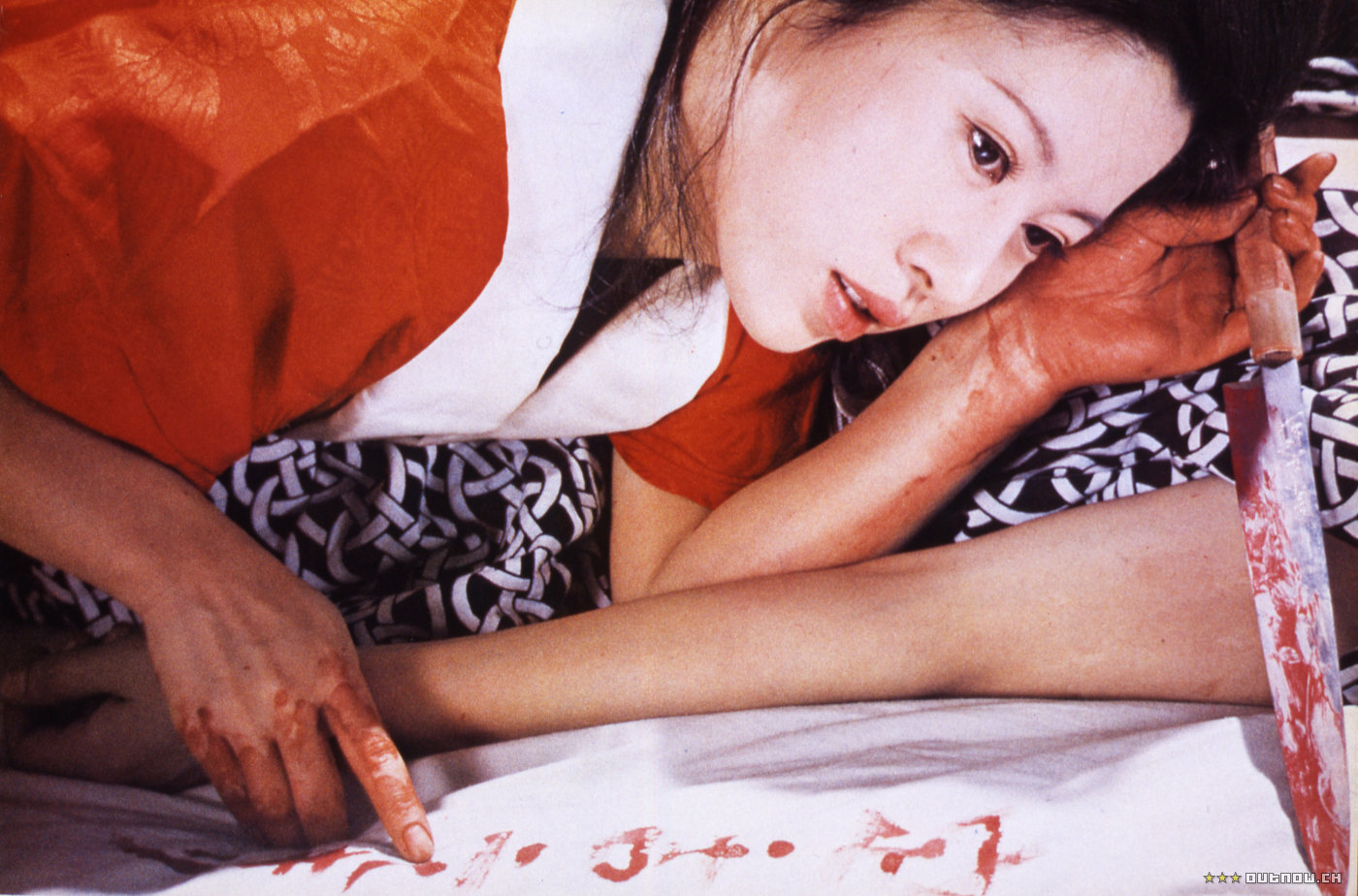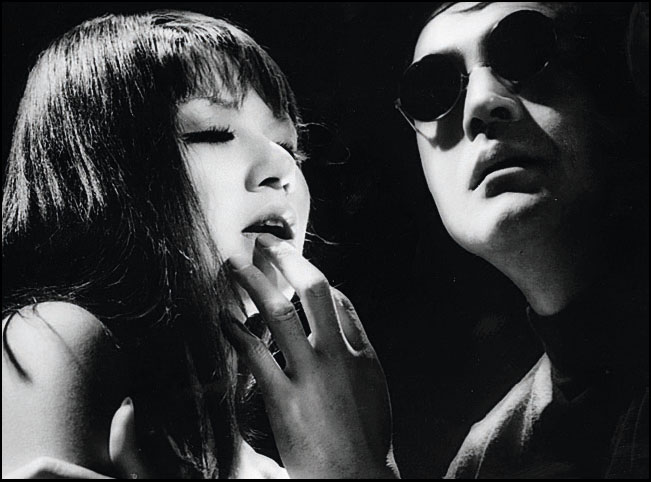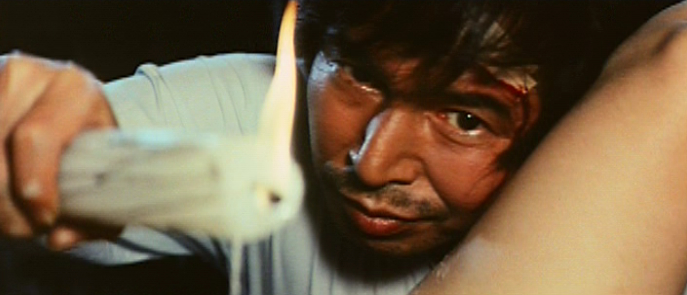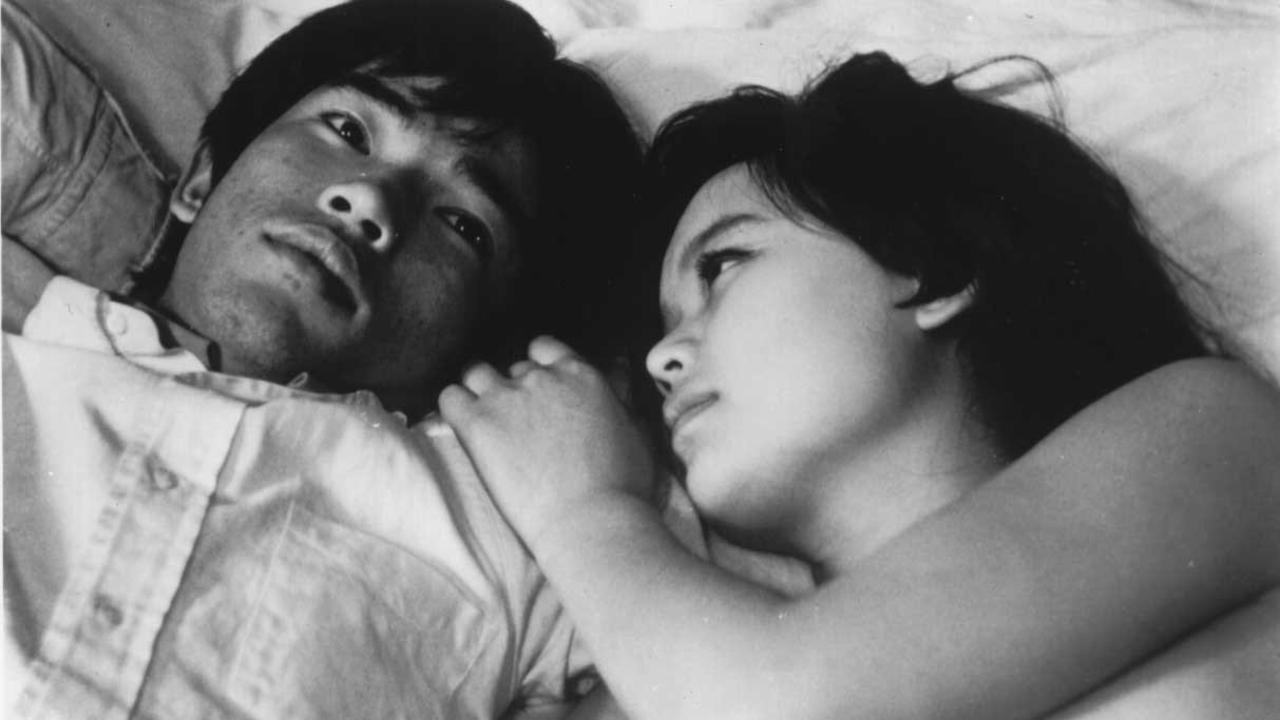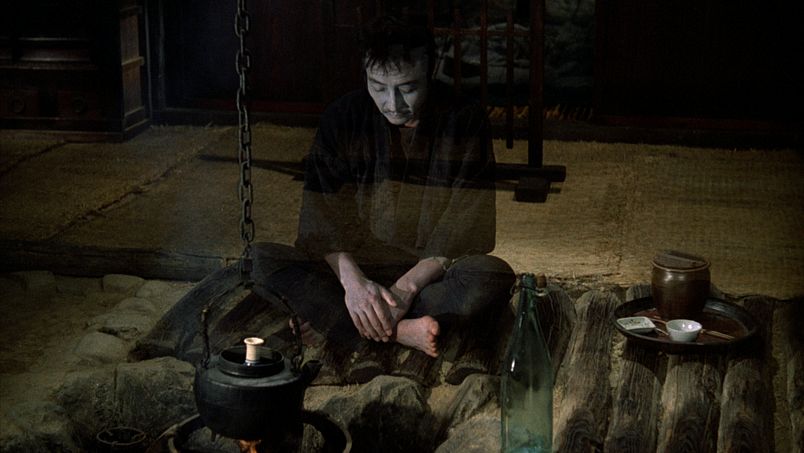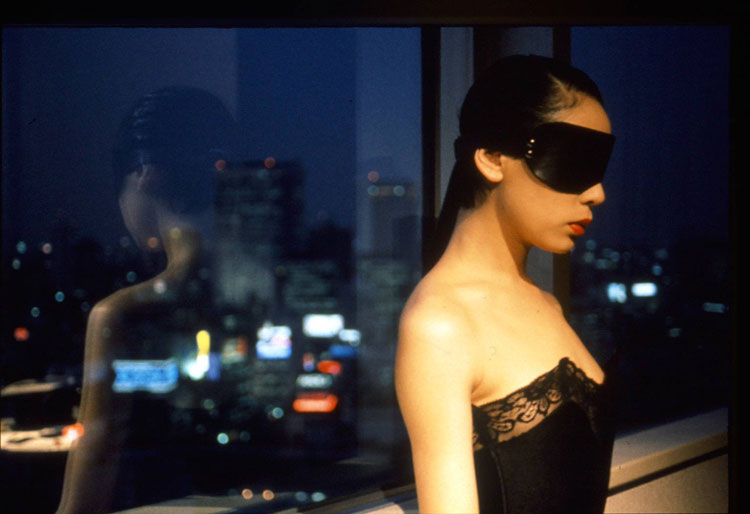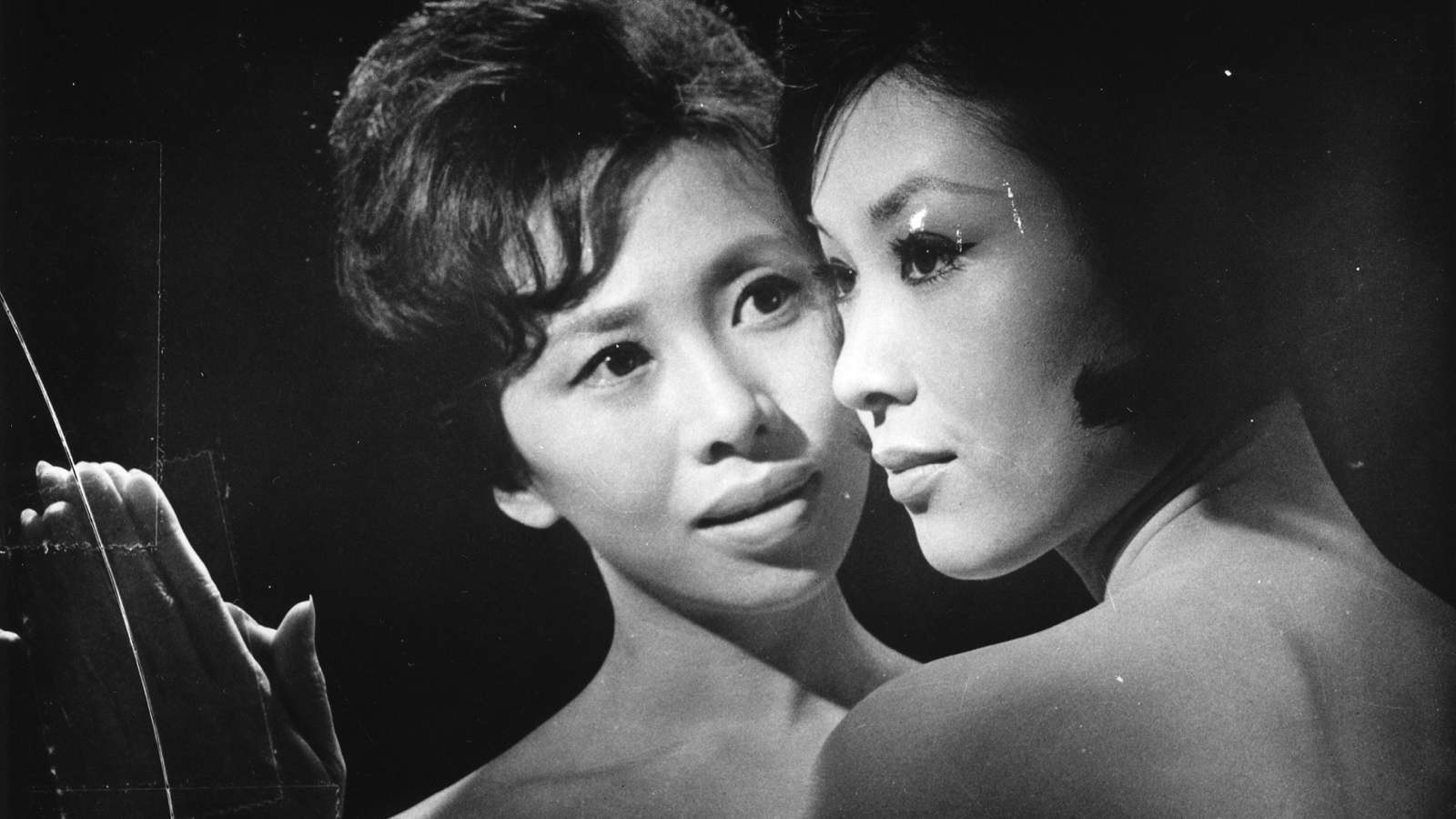Pink film is one of the most important genres that Japan has given to world cinema. Generally all types of feature films that include erotic elements are known as pink films.
However, they can’t be compared to those base and two-bit B-grade films from other countries, and that is the main element that specializes and distinguishes them from those sexploitation and erotic mainstream films from those other countries. They aren’t only erotic but also highly artistic and aesthetic as well. Japanese filmmakers have made some of the greatest films of the world in this genre. Pink films dominated the Japanese film market through 1960s to the 1980s.
This list tried to include many classic pink films, which can be Nikkatsu Roman Porno, Toei Pinky Violence, or other Japanese erotic films. But it has excluded many such films consisting of erotic elements which aren’t very much pinky but usually fall into other genres. Generally, films from Japanese New Wave are excluded except the works of Nagisa Oshima, whose films are actually very erotic and pinky.
For example, Akio Jissoji’s two masterpieces “Mujo” and “Mandala”, and Yoshishige Yoshida’s masterpiece “Eros Plus Massacre” are more philosophical and aesthetic films rather than erotic. Seijun Suzuki’s “Branded to Kill” is more of a Yakuza film rather than pink. Shohei Imamura’s “Unholy Desire”, “The Insect Woman”, and “The Pornographers” aren’t pinky; they are realistic films that are generally hailed as classics of Japanese New Wave. Kaneto Shindo’s “Onibaba” is erotic but it’s also a horror classic.
This list has included those films whose primary substance is sex, eroticism, sadomasochism, geishas or prostitutes, and which generally don’t fall into other genres. Of course, the main aim of this list is to throw light on many classic pink films that aren’t very well known. Here is the list of 30 Classic Pink Films.
1. In the Realm of the Senses (Nagisa Oshima, 1976)
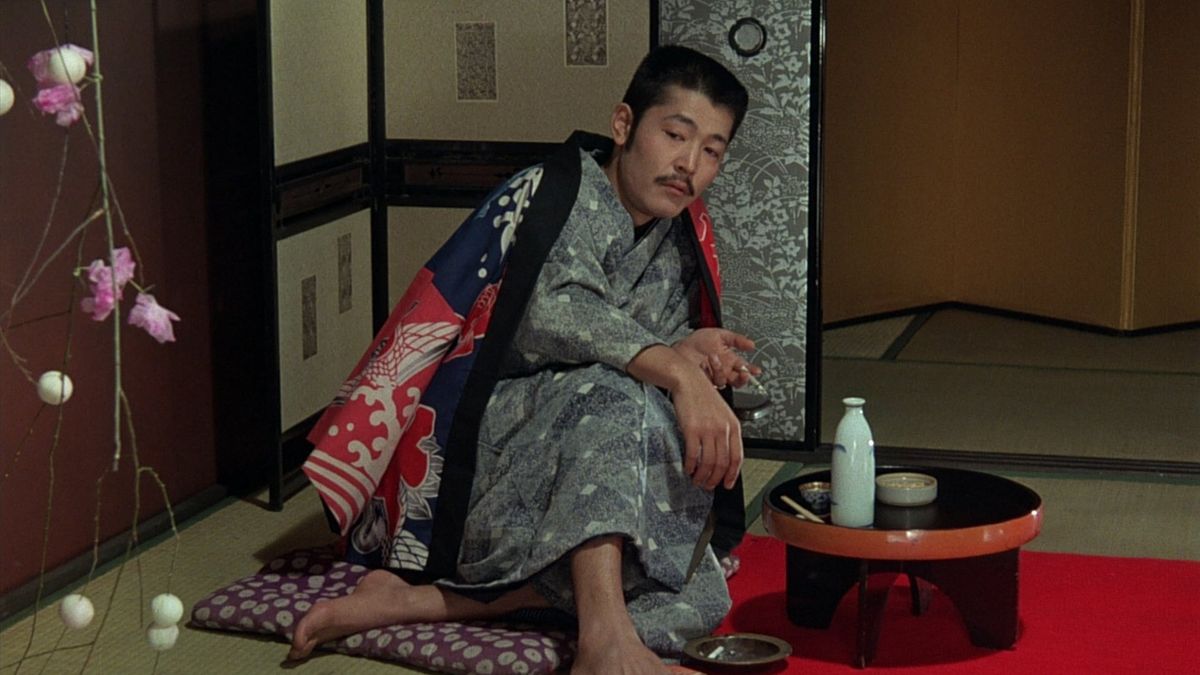
Possibly one of the greatest erotic films of all time, Nagisa Oshima’s incredible masterpiece “In the Realm of the Senses” focuses mainly on the erotic life of Sada Abe, a real woman of Japan who later became a folk hero in her country. The film itself is based on real incidents from her life. It has many powerful and immensely erotic scenes that make audiences feel as if they aren’t watching a film but are making love with a lusty geisha. It has many unsimulated sex scenes which prevented it from being widely released.
This film’s main theme is lust and jealousy, and of course, it is possibly the greatest example of that. It’s even a sort of a parable in that theme. Oshima is particularly focused on these themes rather than Sada Abe’s love for her lover. He shows how lust can lead people to death. This film is famous as well as infamous all over the world and doesn’t need further explanation. Those who haven’t seen and enjoyed it are surely unfortunate people.
2. A Snake of June (Shinya Tsukamoto, 2002)
Shinya Tsukamoto is generally known as the cult director of such bizarre films like “Tetsuo: The Iron Man” and “Tokyo Fist”, among others. His typical style has surely been mastered in his masterpiece “A Snake of June”, a bizarre, disturbing, voyeuristic and surrealist erotic film.
The continuous rain through many scenes of the film and its stunning blue monochrome cinematography have been used to connect the characters, locations, and cinematography with the film’s theme of voyeurism and a sort of revenge. Due to its surreal and nightmarish imagery, it’s hard to identify the real and imagined.
The film can be understood simply if you concentrate on the characters, mainly its good, shy, tortured and stalked protagonist. Its story is somehow similar to “Tokyo Fist”, which is very violent and that seems to be just a warm-up to “A Snake of June”.
3. Go, Go Second Time Virgin (Koji Wakamatsu, 1969)
Koji Wakamatsu is probably the most important director when it comes to pink genre. He has made many films in this genre and his avant-garde film “Go, Go Second Time Virgin” is certainly his masterpiece, which is set in only one location: an apartment rooftop.
The simple plot, philosophical dialogues, stylistic cinematography, messy and disturbed characters, political messages, revolting rape and murder scenes, and the very intriguing scenes in just one location are some of the great things about this film. It is undoubtedly one of the greatest films in pink film history.
4. A Woman Called Sada Abe (Noboru Tanaka, 1975)
This is another great film based on the folk hero Sada Abe, which is actually greater and more comprehensive film than Oshima’s “In the Realm of the Senses” when it comes to the life of Abe. Oshima’s version was actually focused on the erotic life and activities of Abe, but this one shows her life on a whole and primarily her love for her lover. Thus, it is not only erotic but also romantic which makes audiences show pity for Abe.
Many critics reckon that “A Woman Called Sada Abe” is greater than Oshima’s version, which was released one year after this film. It isn’t as explicit and erotic as Oshima’s version but has many beautiful sexual and romantic scenes. Noboru Tanaka is other important pink film director and this one is the first film of his Showa Trilogy; two films of this trilogy are also included in this list.
5. Blind Beast (Yasuzo Masumura, 1969)
Yasuzo Masumura is one of the most important directors of Japanese cinema, who has directed many classics and has made some great pink films. “Blind Beast” tells a fascinating story of a blind sculptor who kidnaps a girl to make his masterpiece. He actually sculpts statues of naked women and their genitals, and he thinks he can make his masterpiece through that girl.
His mother fully helps him but a psychological twist of jealousy comes between his mother and that girl when the girl tries to lure him to escape from his trap. Thus, this pink ends up as a sort of an allegory of the relationship between daughter-in-law and mother-in-law.
Apart from that, this film includes sadomasochistic elements. This type of story is found in many pink films but its characters, plot twist, message, and mysterious and strange scenes of nude sculpting have made it unique and beautiful.
6. Wife to be Sacrificed (Masaru Konuma, 1974)
Masaru Konuma is a renowned for primarily Roman Porno films. Seijun Suzuki impressed him when he used to work for Nikkatsu Studio. “Wife to be Sacrificed” is a great film based on sadomasochistic themes.
A wife is kidnapped by her husband, who she had deserted years ago; he takes her to a remote place where he tortures her. That is the whole story, a simple story that shows only the things that are important. Beautiful cinematography, excessive and revolting torture, and a strange story makes this film very interesting. It is possibly the greatest film of Nikkatsu Roman Porno films.
7. Nanami, The Inferno of First Love (Susumu Hani, 1968)
Susumu Hani is renowned for his Japanese New Wave films and “Nanami, The Inferno of First Love” is his best, which is co-scripted by another avant-garde director of Japanese New Wave, Shuji Terayama. This film is also an experimental piece which shows the romantic life of a boy who falls in love with a model. But its story is irrelevant because there are a lot of gimmicks shown in a very absurd and abstract style.
Conversations between its characters are philosophical and ideal like in many other Japanese New Wave films. Camera movement, different romantic gimmicks, the dialogue, beautiful cinematography, and absurd characters are the most interesting things about this film. It’s also unmissable Japanese New Wave film.
8. Empire of Passion (Nagisa Oshima, 1978)
A companion film to Oshima’s “In the Realm of the Senses”, which he made two years prior, “Empire of Passion” contains fewer explicit sex scenes but is very powerful and beautiful. Even though the story is somehow similar to “Senses”, it is actually a ghost story and sort of a folk tale.
It tells the revenge story of a man, who is murdered by his wife and her lover. His suffered spirit ultimately becomes a ghost and takes revenge on them. Even though there’s a ghost involved, the main cause of fear of those two lovers is actually psychological rather than supernatural. It is a beautiful erotic and ghost folk tale that is based on themes of lust, infidelity and revenge.
9. Tokyo Decadence (Ryu Murakami, 1992)
Ryu Murakami is a famous Japanese writer and he has proved that he is also a very good filmmaker. He has made four films, from which “Tokyo Decadence” is the best. It tells the story of a call girl who had to go through S&M hell. But that is not only the main part here. Love, drugs, the sex industry and prostitution are shown in a very subtle presentation.
Slow camera movement during S&M scenes, the beautiful and dark streets of Tokyo, the bizarre life of drug dealers and prostitutes, very weird sexual practices and many other elements, are shown very interestingly.
10. Manji (Yasuzo Masumura, 1964)
“Manji” is one of the greatest lesbian films ever made and you will find the unique Japanese savor in it. It is a film adaptation of the Japanese novel “Quicksand” written by Junichiro Tanizaki. Many directors have adapted it to film, but Yasuzo Masumura has possibly achieved the finest art with it. Its script is written by another famous director, Kaneto Shindo, who directed classics like “Onibaba”, “The Naked Island” and “Kuroneko”.
Its story shows the complexity of a relationship between its characters, a married woman who falls in love with a beautiful model. The complexity occurs when her husband finds out the truth. Another twist comes when the model tells the married woman that she had another love before her. Psychologically, erotically and aesthetically, this film is highly powerful and remarkable.

